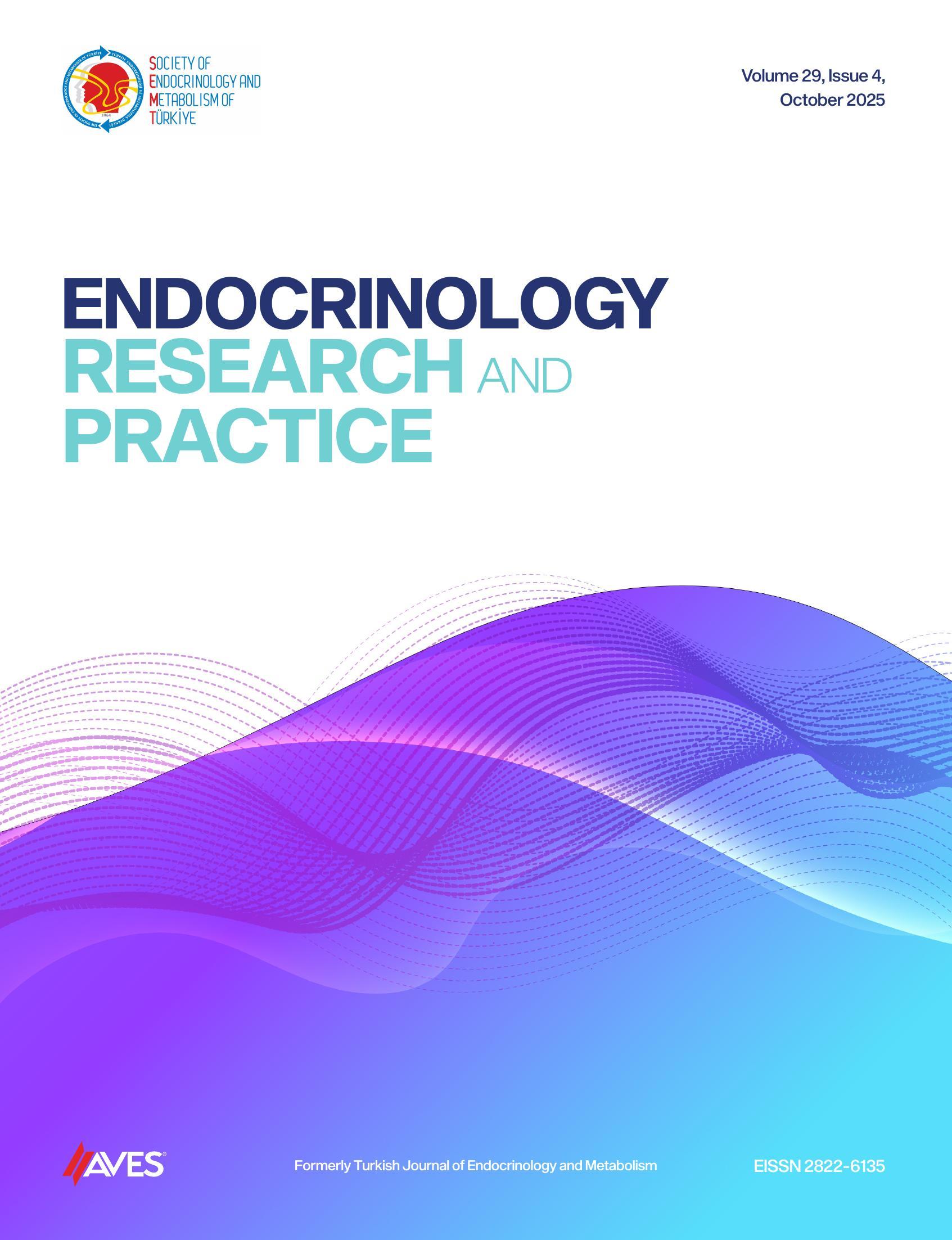Objective: Primary aldosteronism (PA) is a common cause of endocrine hypertension, yet there are some difficulties in diagnosing the disease. The saline infusion test (SIT), a standard confirmatory test, has limitations such as contraindications, need for hospitalization, and high cost. This study evaluates the potential of the plasma aldosterone/potassium (A/K) ratio in predicting PA.
Methods: The study included 118 patients who underwent SIT; 57 were diagnosed with PA based on positive SIT and/or captopril challenge test results, adrenal imaging, and multidisciplinary clinical judgment. Aldosterone, plasma renin activity, and potassium and aldosterone-to-renin ratio (ARR) levels at admission, as well as SIT results and imaging findings, were retrospectively reviewed and compared between patients with and without PA.
Results: Patients with PA had higher aldosterone levels (P < .001) and ARR (P < .001) but lower potassium levels (P < .001) and PRA (P = .01). The A/K ratio was significantly higher in the PA group (P <.001). Receiver operating characteristic analysis showed that an A/K ratio cut-off of 5.4 could distinguish PA patients from non-PA patients [AUC (95% CI) = 0.811 (0.733-0.890), P < .001], with 73.7% sensitivity and 77.0% specificity. Univariate and multivariate analyses indicated that a high A/K ratio increased the likelihood of a PA diagnosis, with an A/K ratio above 5.4 associated with a 4.585-fold higher risk (95% CI: 1.181-17.799, P= .028).
Conclusion: The A/K ratio may predict PA. It offers advantages such as no need for potassium replacement or hospitalization, making it a useful supplementary parameter for diagnosing PA, particularly in patients for whom confirmatory tests are unsuitable.
Cite this article as: Demirel KD, Dellal Kahramanca FD, Karaahmetli G, et al. Value of plasma aldosterone/potassium ratio in predicting primary aldosteronism in patients scheduled for confirmatory testing. Endocrinol Res Pract. 2025;29(4):333-337.

-1(1).png)

.png)